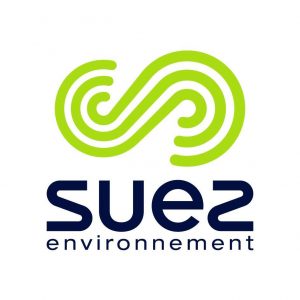Primary Functions
- Understand why sustainability-related risks such as water stress should not be ignored and why integrating them into investment processes may produce more resilient portfolios.
Detailed Description
The global pandemic has reinforced the importance of resilience in investment portfolios. This includes sustainability-related risks that investors may have been underappreciating, ranging from vulnerable global supply chains to health and safety issues. We believe increased asset flows into sustainable investing strategies in 2020 are part of a tectonic shift that could last decades.
Physical risks posed by climate events – ranging from hurricanes to wildfires – have captured growing attention in the investment community. We zeroed in on these risks in Getting physical of April 2019, painting a granular picture of the financial implications across municipal bonds, commercial real estate and U.S. utility equities.
In this piece, we extend our work on physical risks to water stress. What do we mean by water risk? One in four people globally live in regions at high risk of water scarcity – with water demand exceeding supply – according to the World Resources Institute (WRI). This creates financial risks that investors today may not be pricing in. Examples include rising spending needs (to raise water efficiency and meet tough regulations) and the cost of production disruptions (unavailability of water for agriculture or cooling power plants). Regulators are zeroing on such risks: A recent European Central Bank report included water stress among the physical climate risks it may require financial institutions to manage and disclose.
We use a similar approach to our previous work on physical climate risks. This involves geolocating physical assets, overlaying climate analytics to assess the granular risks in each location, and aggregating the data up to the entities that hold the assets to assess their overall exposure. We use the global real estate investment trust (REIT) market to illustrate water stress risks, due to the relative ease of geolocating the underlying property holdings. Yet we believe our analysis is pertinent across industries and sectors – and the risks of water stress are more financially material for areas with critical water needs (e.g. agriculture or electric utilities).
Read more here.





